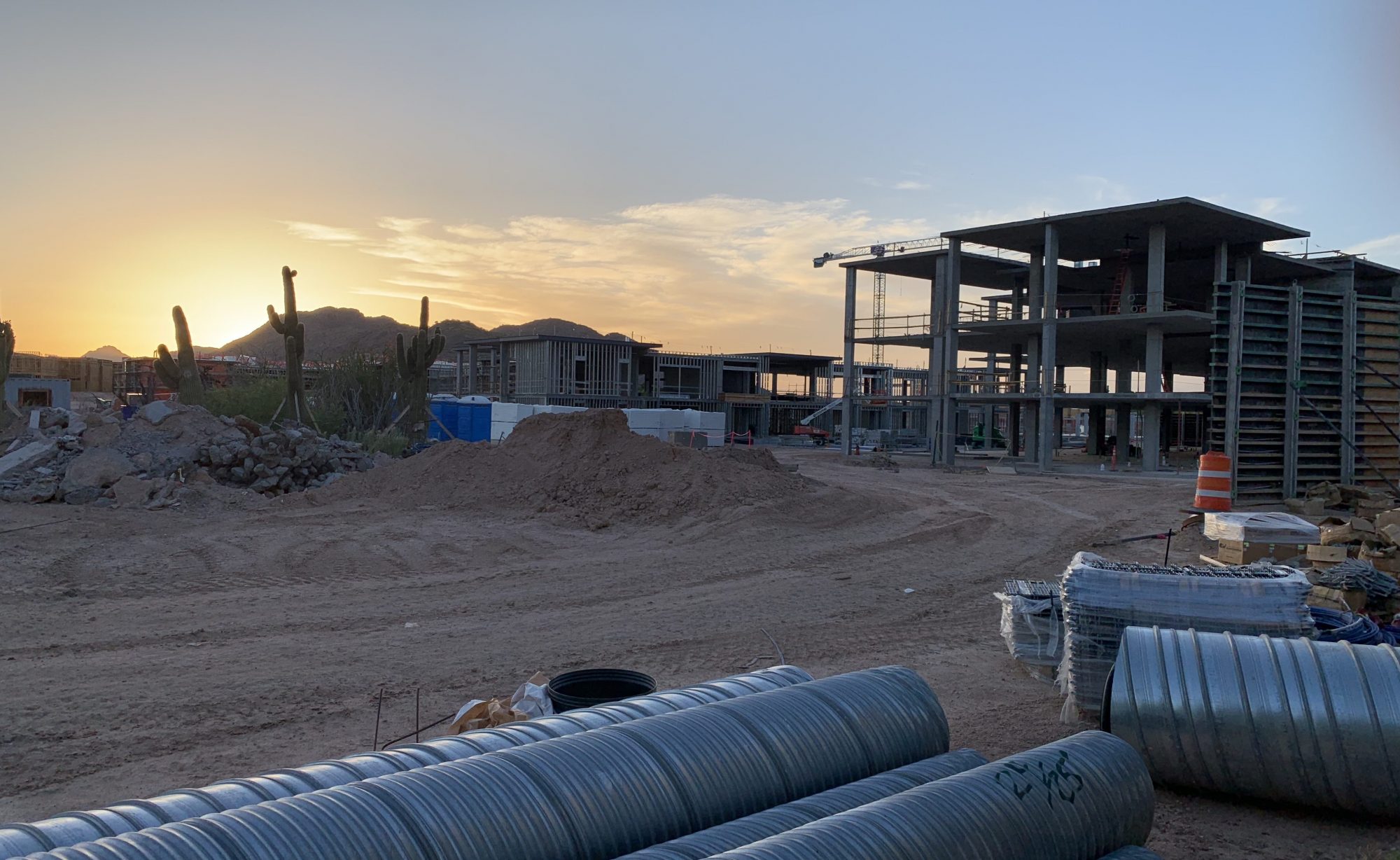
***UPDATE – 2/12/2018***
The Court of Appeals’ decision in Hatch Development, LLC, et al. v. Sol’s Construction Co., Inc., 240 Ariz. 171 (App. 2016), which is the subject of this post from November 2016, is no longer good law. The decision in Hatch was abrogated by the Arizona Supreme Court’s February 8, 2018 opinion in KnightBrook Ins. Co., et al. v. Payless Car Rental System, Inc., No. CV-17-0156-CQ.
Indemnification provisions are mainstays of most construction contracts. As a result, all contractors should be aware that the agreements they enter likely impose certain indemnification obligations upon them. But even the most seasoned contractors may not realize that construction contracts are not always the final word on indemnity. Rather, certain indemnification obligations can arise purely as a matter of law, even if the parties’ contract is silent on the issue. This is what is referred to as “common law indemnification,” and it was the subject of the Arizona Court of Appeals’ recent decision in Hatch Development, LLC, et al. v. Sol’s Construction Co., Inc., 240 Ariz. 171 (App. 2016).

 Unmanned aircraft systems (“UAS”), which are commonly referred to as drones, are becoming increasingly less expensive and easier to operate. As a result, these aircraft are being used more frequently for both recreational and business purposes. The construction industry is at the forefront of commercial drone use. In fact, just last week, Fortune published an article entitled,
Unmanned aircraft systems (“UAS”), which are commonly referred to as drones, are becoming increasingly less expensive and easier to operate. As a result, these aircraft are being used more frequently for both recreational and business purposes. The construction industry is at the forefront of commercial drone use. In fact, just last week, Fortune published an article entitled,  Beginning August 6, 2016, Arizona law on independent contractor employment relationships changed for most industries when A.R.S. § 23-1601 went into effect. Section 23-1601 (which is the byproduct of House Bill 2114) is a new statute that allows certain businesses and workers to create a rebuttable presumption of a lawful independent contractor relationship by: (1) having the worker execute a statutorily prescribed Declaration of Independent Business Status; and (2) the business acting in a manner substantially consistent with the Declaration. But general contractors and subcontractors need to be aware that, for all intents and purposes, § 23-1601 does not apply to their businesses. This important limitation has gone unmentioned in the multiple publications/articles I have read on this new law, which is why I am writing this post.
Beginning August 6, 2016, Arizona law on independent contractor employment relationships changed for most industries when A.R.S. § 23-1601 went into effect. Section 23-1601 (which is the byproduct of House Bill 2114) is a new statute that allows certain businesses and workers to create a rebuttable presumption of a lawful independent contractor relationship by: (1) having the worker execute a statutorily prescribed Declaration of Independent Business Status; and (2) the business acting in a manner substantially consistent with the Declaration. But general contractors and subcontractors need to be aware that, for all intents and purposes, § 23-1601 does not apply to their businesses. This important limitation has gone unmentioned in the multiple publications/articles I have read on this new law, which is why I am writing this post. In May 2015, I authored a post addressing the Arizona Court of Appeals’ then-recent decision in Cemex Construction Materials South, LLC v. Falcone Bros., Inc., 237 Ariz. 236 (App. 2015). My post can be found
In May 2015, I authored a post addressing the Arizona Court of Appeals’ then-recent decision in Cemex Construction Materials South, LLC v. Falcone Bros., Inc., 237 Ariz. 236 (App. 2015). My post can be found  It has been several months since I last published a blog entry. My term as the President of the Scottsdale Bar Association and a particularly busy period in my practice have recently left too few hours in the day for blogging. But now that my term has ended, I intend on resuming my regular posts. In light of my time away, I thought it only fitting that this post cover some aspect of delay. I will, therefore, address in this post the often controversial “no-damages-for-delay” clause.
It has been several months since I last published a blog entry. My term as the President of the Scottsdale Bar Association and a particularly busy period in my practice have recently left too few hours in the day for blogging. But now that my term has ended, I intend on resuming my regular posts. In light of my time away, I thought it only fitting that this post cover some aspect of delay. I will, therefore, address in this post the often controversial “no-damages-for-delay” clause.